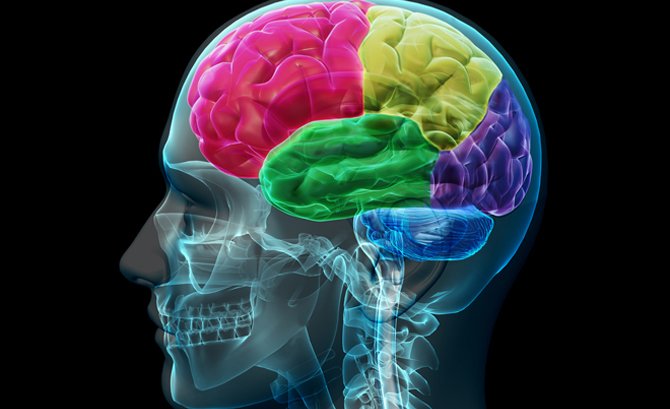New York Brain Injury Lawyers Discuss TBI after Car Accidents

When you’re in a bad car accident, your brain can suffer serious damage — especially if your head hits hard against a steering wheel, dashboard or windshield explains Arkady Frekhtman, one of the New York brain injury lawyers at the F&A Accident Law Firm. However, even badly shaking the human brain can cause permanent damage. It’s a delicate organ composed of soft tissues and only weighs about 3.4 pounds. It stays afloat inside your skull in cerebrospinal fluid.
Although falls precipitate the largest percentage of America’s traumatic brain injuries (TBIs) – car accidents are the second main cause of them. In fact, one in six hospital injury admissions is due to an auto accident. Furthermore, when you only look at what causes moderate to severe traumatic brain injuries – those requiring treatment in a neurointensive care unit – car crashes cause most of them, followed by gunshot wounds, falls, and different types of assault.
What to Expect Upon Reaching an ER with a Possible TBI
Once you arrive in an emergency room with a brain injury after a vehicle accident, doctors will immediately start assessing the extent of damage you’ve suffered so they can provide the proper treatment. They’ll ask questions and examine you to determine if you suffered any loss of consciousness and if you can recall the exact trauma you just experienced. They’ll also check to see if you have a skull fracture, are experiencing any seizures — or if your brain scan results are abnormal.
Here are some of the most common types of traumatic brain injuries they’ll be looking for — their most obvious symptoms, and a brief list of tests often run to document each condition.
A Traumatic Brain Injury – What’s Often Suffered Due to An Auto Accident
- Concussion. This often occurs when your head hits something hard or is shaken violently during a crash. Your brain tissue may have been bruised while it was pushed around inside your skull — first in one direction then another. Common tests run to determine this include a head CT scan, a brain MRI, and a brain wave (EEG) test. Doctors and nurses will observe you, looking for such symptoms as: impaired mental alertness, confusion, unusual eye movements, muscle weakness on either just one side or both; balance problems – falling in and out of consciousness – or going into a coma;
- Internal bleeding in the brain. This type of bleeding can include a subarachnoid hemorrhage, an epidural hematoma or a subdural hematoma. A subarachnoid hemorrhage refers to bleeding between the brain itself and the tissues that surround it. An epidural hematoma involves a mass or pool of blood forming between your brain and skull. A subdural hematoma means that blood is collecting on the surface of your brain beneath the skull – a potentially life-threatening event. This last condition often requires a form of surgery called a craniotomy. Many conditions that involve bleeding in the brain can prove deadly;
- Spinal cord injuries. Whenever the brain is injured, there’s a strong chance that the person has also suffered some type of SCI or spinal cord injury. A physical exam will be conducted to determine any obvious signs of impairment. Your doctors will also run at least one or more of the following tests: spinal cord X-rays; one or more CT scans of the spinal cord; and an MRI. This latter test is especially helpful in locating blood clots, herniated disks, or other masses that may be placing dangerous pressure on the spinal cord.
If you’re personally caring for someone who has just suffered a severe head or brain injury following a car accident, you should call 9-1-1 right away and have the person transported to an emergency room. All severe head and spinal cord conditions can suddenly worsen if you delay.
The person may suddenly develop breathing problems, become unable to move an arm or leg, lose consciousness — and even fall into a coma. Never let a recent head injury victim simply go lie down without ongoing observation. It’s always best to err on the side of caution by driving the person to a hospital for further tests and observation — if that will prove quicker than waiting for an ambulance.



